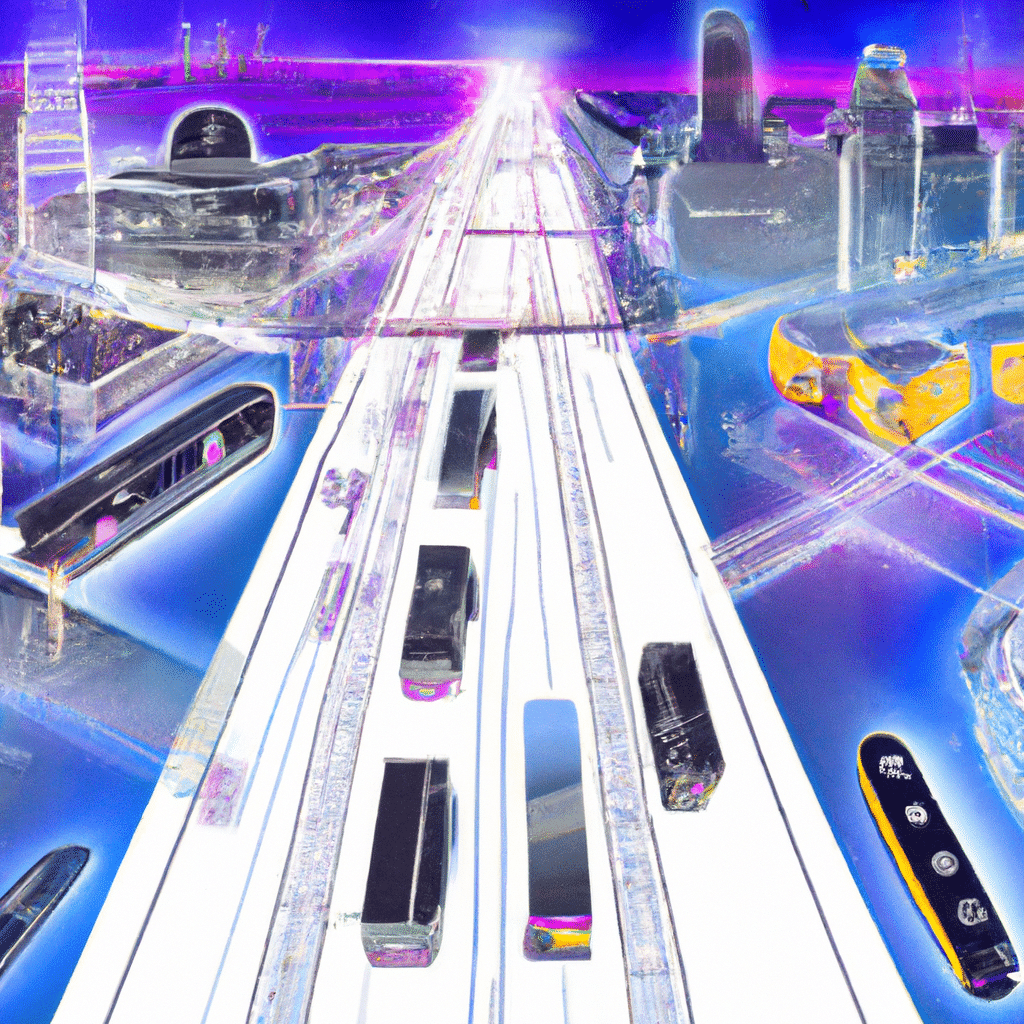The Use of AI in Improving Public Transportation
Public transportation is an essential aspect of modern life, helping millions of people reach their destinations every day. However, despite its importance, the public transportation system faces a lot of challenges, including traffic congestion, delays, and safety concerns. Fortunately, the rise of Artificial Intelligence (AI) is offering new solutions that can help to improve public transportation in many ways.

How AI Can Improve Traffic Flow
Traffic congestion is a significant issue that affects public transportation, leading to delays and increased travel times. However, AI technology offers a promising solution to this problem. AI algorithms can analyze real-time traffic data from various sources, such as cameras, sensors, and GPS devices, to optimize traffic flow. By analyzing traffic patterns, AI can identify areas of congestion and suggest alternative routes to reduce travel times.
In addition, AI can help to improve public transportation by predicting and preventing accidents. By analyzing historical accident data, AI algorithms can identify areas with a high risk of accidents and recommend safety measures to reduce the likelihood of accidents.
AI in Public Transportation Management
Public transportation management is another area where AI can make a significant impact. AI algorithms can analyze passenger data, such as ticket sales and travel patterns, to optimize public transportation routes and schedules. This can help to reduce overcrowding, improve travel times, and increase the efficiency of public transportation systems.
AI can also help to improve public transportation safety by identifying potential security threats, such as suspicious behavior or unattended bags. By analyzing data from surveillance cameras and other sources, AI can identify potential threats and alert security personnel to take appropriate action.
AI in Autonomous Public Transportation
One of the most exciting applications of AI in public transportation is the development of autonomous vehicles. Autonomous vehicles are self-driving cars, buses, and trains that use AI algorithms to navigate and make decisions on the road. Autonomous vehicles have the potential to revolutionize public transportation by reducing traffic congestion, improving travel times, and increasing safety.
Autonomous vehicles also have the potential to reduce the environmental impact of public transportation by reducing emissions and improving fuel efficiency. By optimizing routes and speeds, AI algorithms can help to reduce fuel consumption and greenhouse gas emissions.
Conclusion
In conclusion, the use of AI in public transportation offers significant benefits that can improve travel times, reduce traffic congestion, and increase safety. AI algorithms can optimize traffic flow, predict and prevent accidents, manage public transportation systems, and even develop autonomous vehicles. As AI technology continues to evolve, we can expect even more innovative solutions to improve public transportation in the future.












